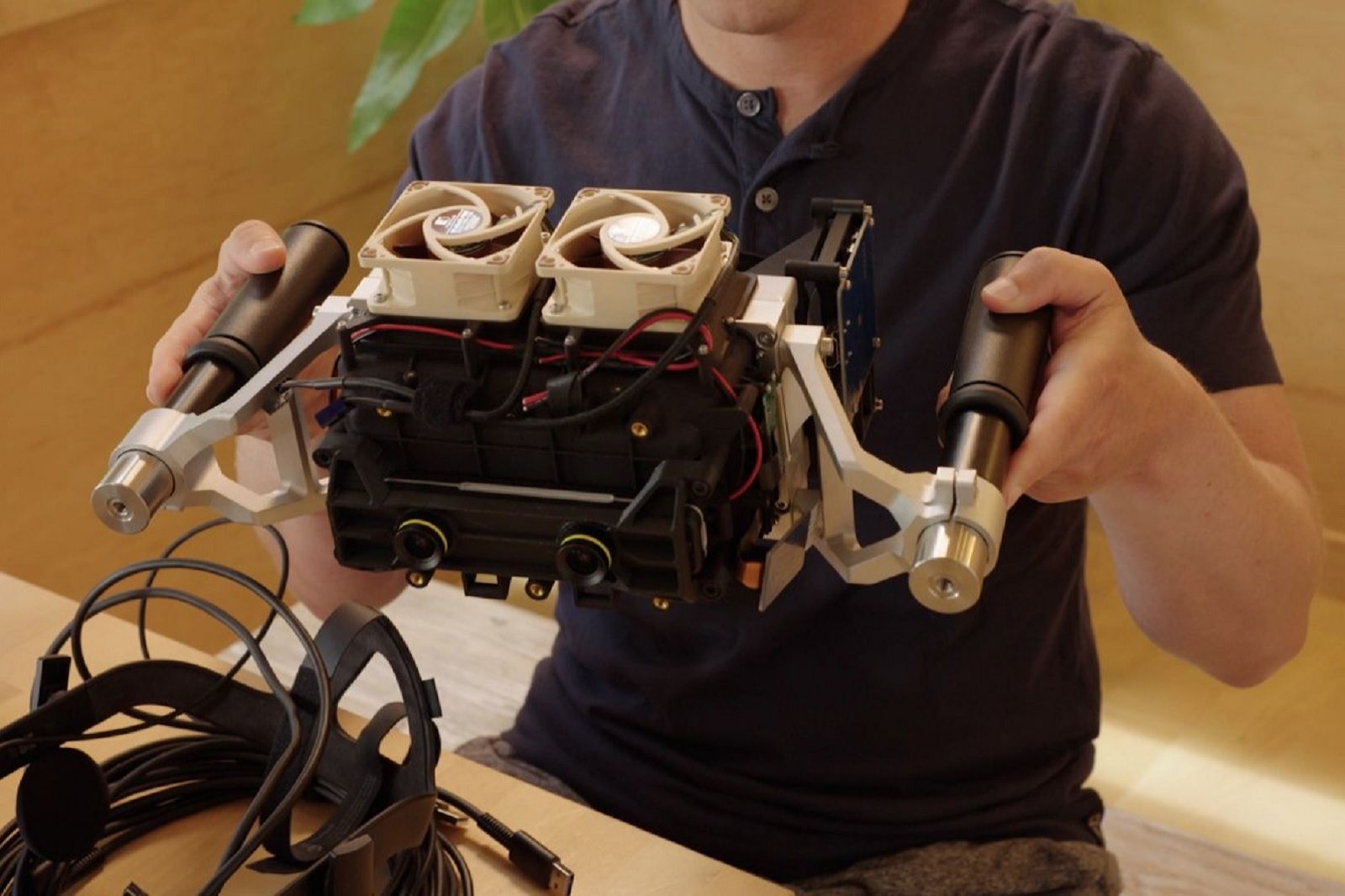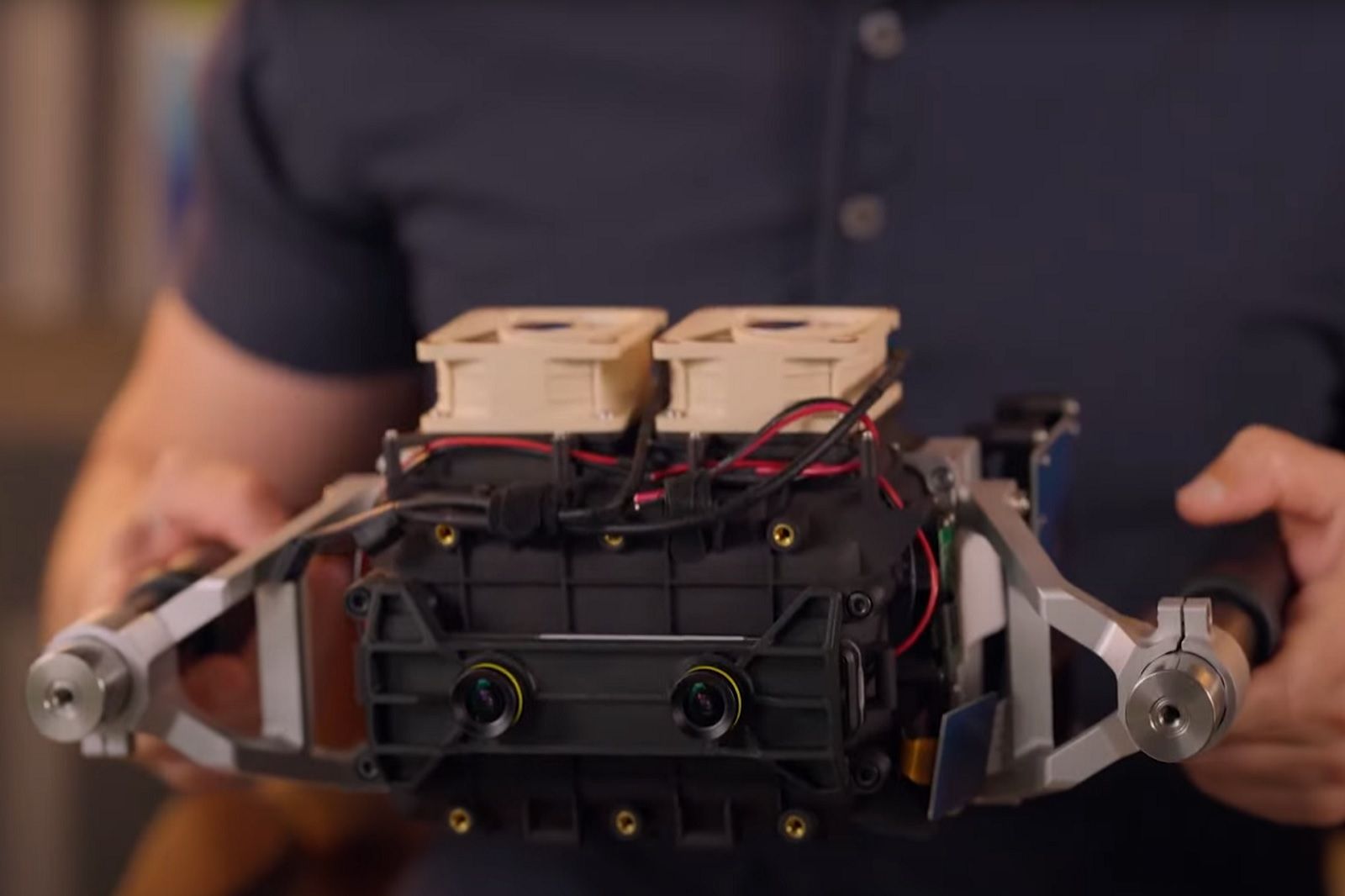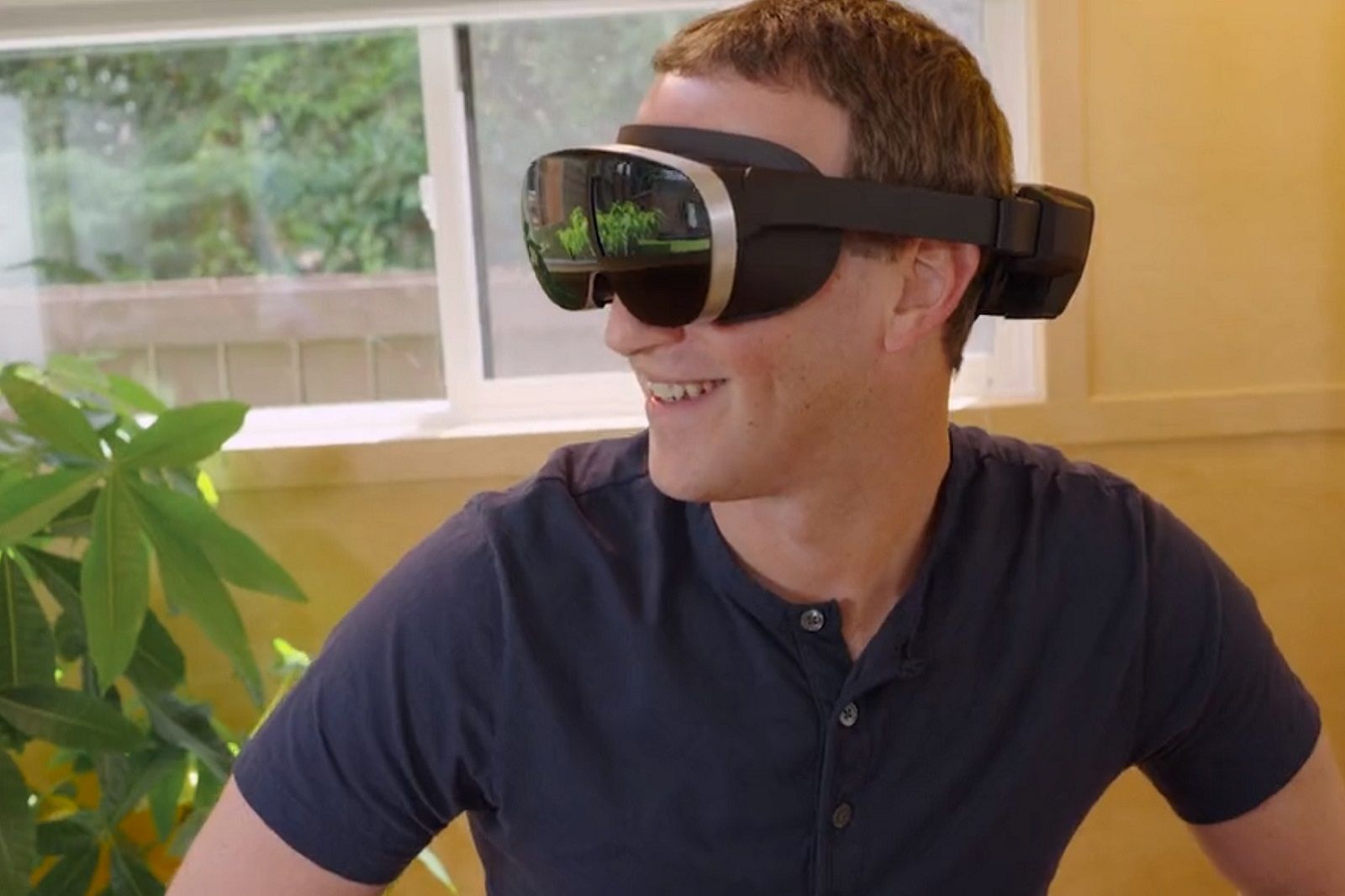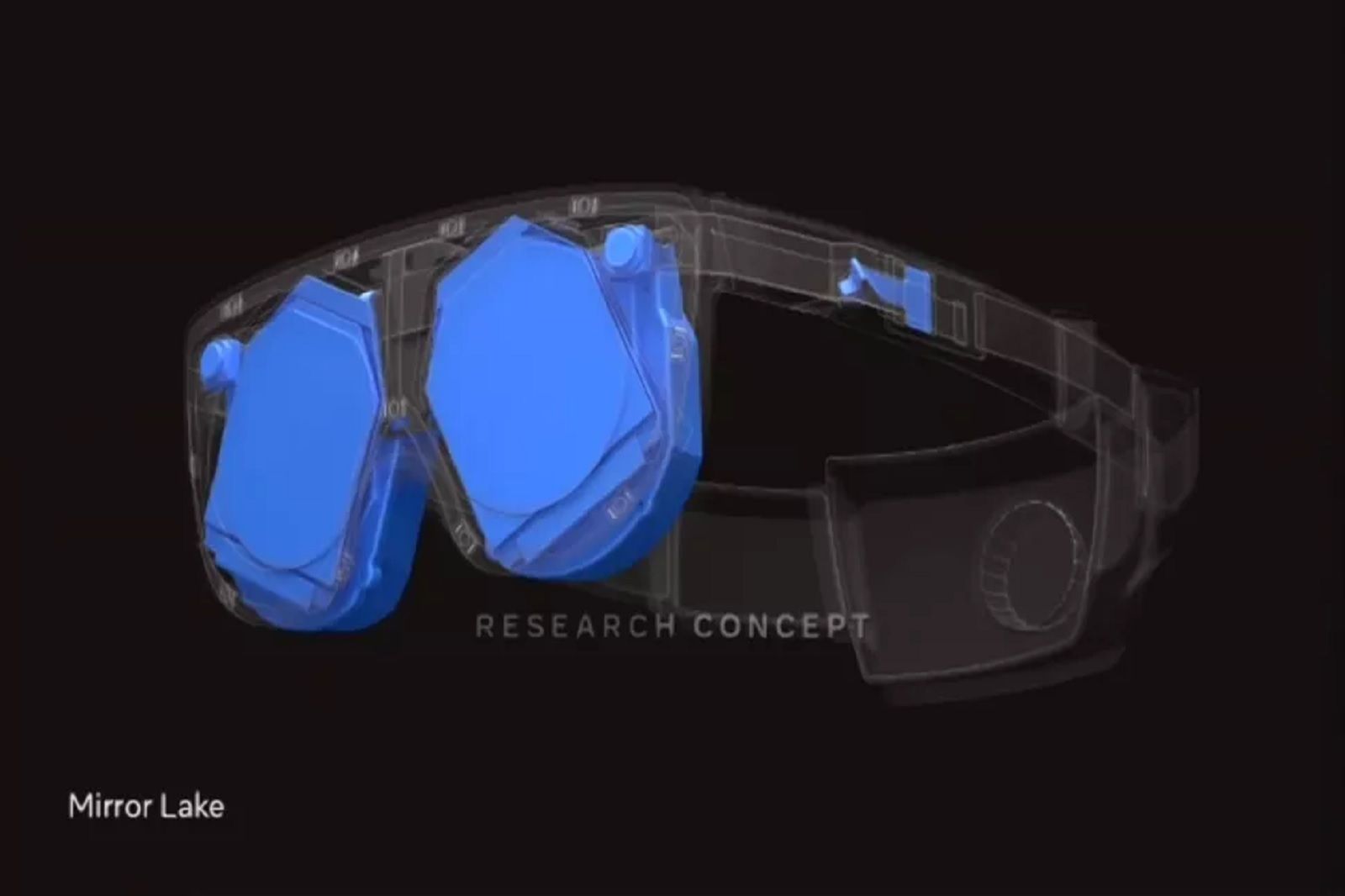Earlier in 2022, we learned that Meta's Reality Labs has spent a staggering $10 billion on virtual reality. Now Meta CEO Mark Zuckerberg has been showing off what the company is working on with a tease of various VR prototypes.
This look at what Reality Labs has been working on shows some of what the company has been spending that money on and what the future of VR might look like.
We already know that the Meta Quest 2 is incredibly popular. It regularly tops out Steam's hardware surveys as the most used VR headset on PC and last year broke sales records and topped 10 million units sold. So it's no surprise that Meta is working on future headsets to follow it.
During a virtual roundtable, Meta CEO Mark Zuckerberg showed off a number of VR prototypes that the company has been working on. These various headsets represent the company's roadmap toward the future of groundbreaking VR headsets.
These devices, codenamed Butterscotch, Starburst, Holocake 2 and Mirror Lake, are a far way off from being consumer-ready but demonstrate the goals of Reality Labs and what it's trying to create.
The prototypes also represent the company's attempt to meet various different goals for virtual reality. Butterscotch, for example, is aimed at creating a near-retina-quality display with a high-end resolution. That resolution would not only be 2.5 times higher than the Quest 2 but also clear enough that users could easily see the 20/20 vision line on an eye chart.
Retinal resolution lenses
Butterscotch is the latest retinal resolution prototypes and apparently gets near retinal resolution at 55 pixels per degree. The company says though that there are no displays able to support retinal resolution at the full field of view so the team shrank the field of view and created a hybrid lens to fit that need.
Dynamic depth of focus
Mark Zuckerberg and Reality Labs chief scientist Michael Abrash also talked about the importance of depth of focus. So the company is looking to implement varifocal technology in these VR prototypes.
This works by using eye-tracking technology to see where the user is looking and then move the lenses dynamically to help with the focus of the lens. This works in a similar way to the way a camera lens works and helps adjust the view.
Real-time distortion compensation is also used to ensure that what the user is looking at is in focus. With this prototype, the company carried out user testing to see how people would get on in the real world. The result is less eye fatigue and a better overall experience. Meta has been working on this tech since 2017 and has since added liquid crystal lenses and built upon its research to create a more convincing depth of focus in virtual reality.
This logic also helps with the overall performance of the headset. If the device only needs to render what's in focus in the highest quality then the user's peripheral vision won't require as much processing power. This keeps performance needs down and therefore saves battery life on a wireless headset or temperatures of the headset which might otherwise run too hot and become uncomfortable.
Meta is clearly aware of the need to balance all the features of the headset to achieve the best possible results while also creating something that's comfortable, accessible, affordable and satisfying to use.
High Dynamic Range
Meta says that another key feature of future VR devices will be HDR. If a VR display is bright, then the colours will pop and it'll be more convincing and immersive. Currently, the Quest 2 has a peak brightness of about 100 nits, but the company is aiming much higher.
Another prototype, codenamed Starburst, is aimed at creating a high-end HDR display for VR. Currently, it uses bright lamps behind the panels to hit high levels of as much as 20,000 nits of brightness. Starburst is said to be "wildly impractical" at this point as it's so heavy it needs handles to hold it up and use it but is part of the planned iterations for the future.
All these various prototypes feature different technologies the company hopes to eventually whittle down into something more consumer-friendly and something that combines all the tech in one compact package.
Holocake 2
Holocake 2 is an experimental device that Meta claims is the "thinnest and lightest" VR headset that it's ever built. It uses two different technologies to make it light. Firstly it uses holographs of lenses. These are "recordings" of what happens when light hits them rather than classic lens designs. So these holographic optics can be flatter than traditional lenses. Holocake 2 also uses polarised reflection for light that's going to hit the eye. So the device can be thinner and lighter.
Holocake 2 requires laser though and currently, those are too expensive for a reasonably affordable headset. Once the technology is there then is a "clear path to sunglasses like VR displays".
Mirror Lake
Mirror Lake is another headset in the works, but one that's only in the concept stages at the moment. The goal with this headset is thin, flat and light tech packed inside a comfortable VR device.
Michael Abrash explained that Mirror Lake "...shows what a complete next-gen display system could look like..." but it's only a concept at the moment.
So it's clear that Meta has a lot of things in the pipeline. There are no confirmed headsets from this demo that we can expect to see at any time soon, but we do know Project Cambria is in the works and will appear later in 2022.




